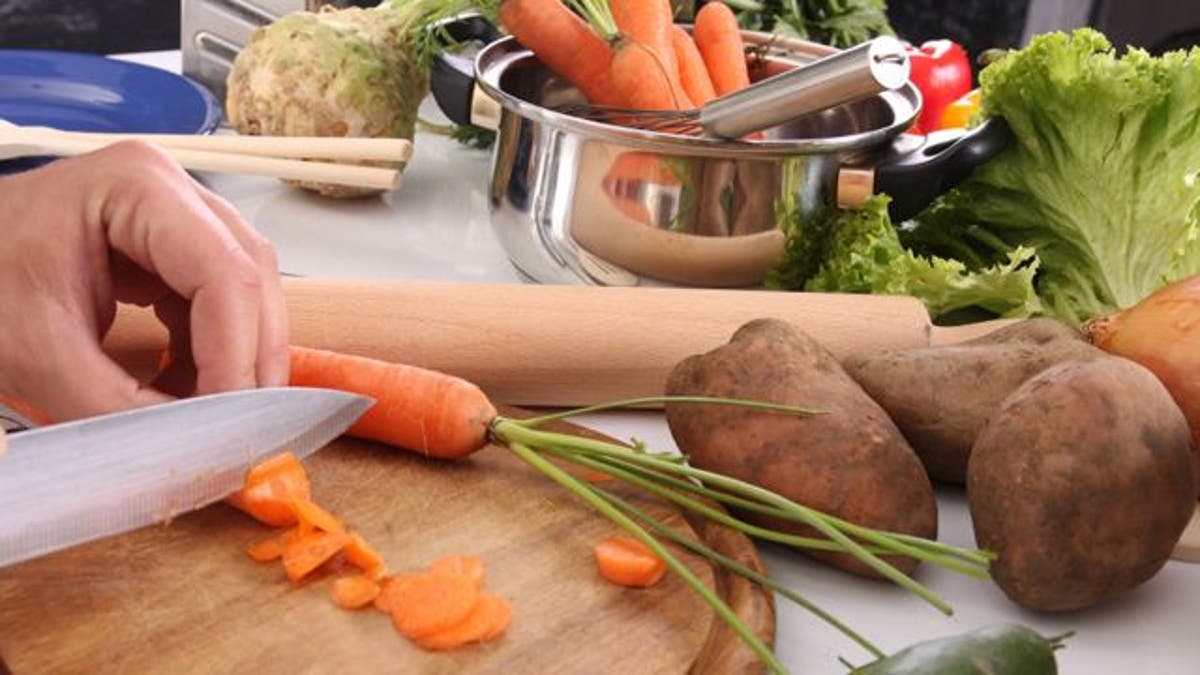
Data states that more than half of Americans - 66 percent, to be exact - include weight goals in their New Year’s resolutions. If you’re part of that majority, this article will do more than just help you achieve your resolution. Follow these strategies to not only support your annual resolution, but to set you up for lifelong healthy eating and weight loss.
Eat breakfast like a king, lunch like a prince and dinner like a pauper
Food provides energy, so it only makes sense to consume the most fuel in the morning. Eating a greater percentage of your calories earlier in the day holds potential for weight loss. It also prevents overeating at night and is related to greater satisfaction. Whether a breakfast feast or an afternoon snack, always pair fiber and lean protein for the most filling, nutritious combination.
Make easy swaps to save 100 calories
Cutting calories for weight loss doesn’t have to be life altering. For example, swap your nonfat latte for black coffee with a splash of half and half. Don’t let the sound of a little fat throw you off. This easy swap saves over 100 calories! Another tiny tweak to save calories is to place oil in a spray bottle or mister. This promotes portion control compared to pouring directly from the bottle and slashes calories to next to nothing.
Read food labels
Ingredients are listed in order of quantity. The first thing listed indicates a product contains more of that than anything else. If those convenient energy bars you keep stashed at your desk list brown rice syrup as the first ingredient, it’s just a deceptive term for sugar and constitutes the bulk of what you’re eating. Pay attention to serving sizes on labels, too. Manufacturers like to engage in portion distortion. The serving size and listed nutritional information for one cookie may be half a cookie. That means the oatmeal cookie advertised as just “200 calorie per serving” is really a whopping 400 calories. Stick to the serving size listed to ensure portion control.
Carry a water bottle
Staying hydrated is critical for health and weight loss as dehydration can be mistaken for hunger. Don’t allow your body get confused! Keep a water bottle with you or place a water pitcher on your desk as a reminder to stay hydrated.
Fear the Fry
Whether its tempura or onion rings, anything fried could stand to be avoided, from both a calorie and health perspective. Trans fats found in fried foods lead to weight gain, serve as a major contributor to heart disease and raise cholesterol in the worst way possible. Despite New York laws banning their use in restaurants and current initiative to ban them nationwide by 2018, small amounts are still hidden in fried foods that really add up if more than one serving is consumed.
Withhold the White
Generally speaking the vast majority of foods that are white in color should be left alone. Not a single grain in nature is naturally white. The white rice on your store shelf is simply a result of modern day processing - a sugary shadow of its former self. Alternately, breads made from minimally processed whole-grains have a high amount of vitamins, minerals and essential fatty acids. A wheat grain is composed of three nutrient-rich parts. Because white bread only uses one part, 30 nutrients are lost, most notably of which is the indispensable fiber content. Compared to real, whole food - if it’s pale in color it pales in comparison.
For more tips on healthy eating, drinking and losing weight, and for delicious high fiber meal plans and recipes, check out my latest book,The Miracle Carb Diet: Make Calories and Fat Disappear – with Fiber!
Tanya Zuckerbrot MS, RD, is a registered dietitian in New York City and the author of two bestselling diet books: The Miracle Carb Diet: Make Calories and Fat Disappear – with fiber and The F-Factor Diet. Follow Tanya on Facebook, Twitter and LinkedIn
